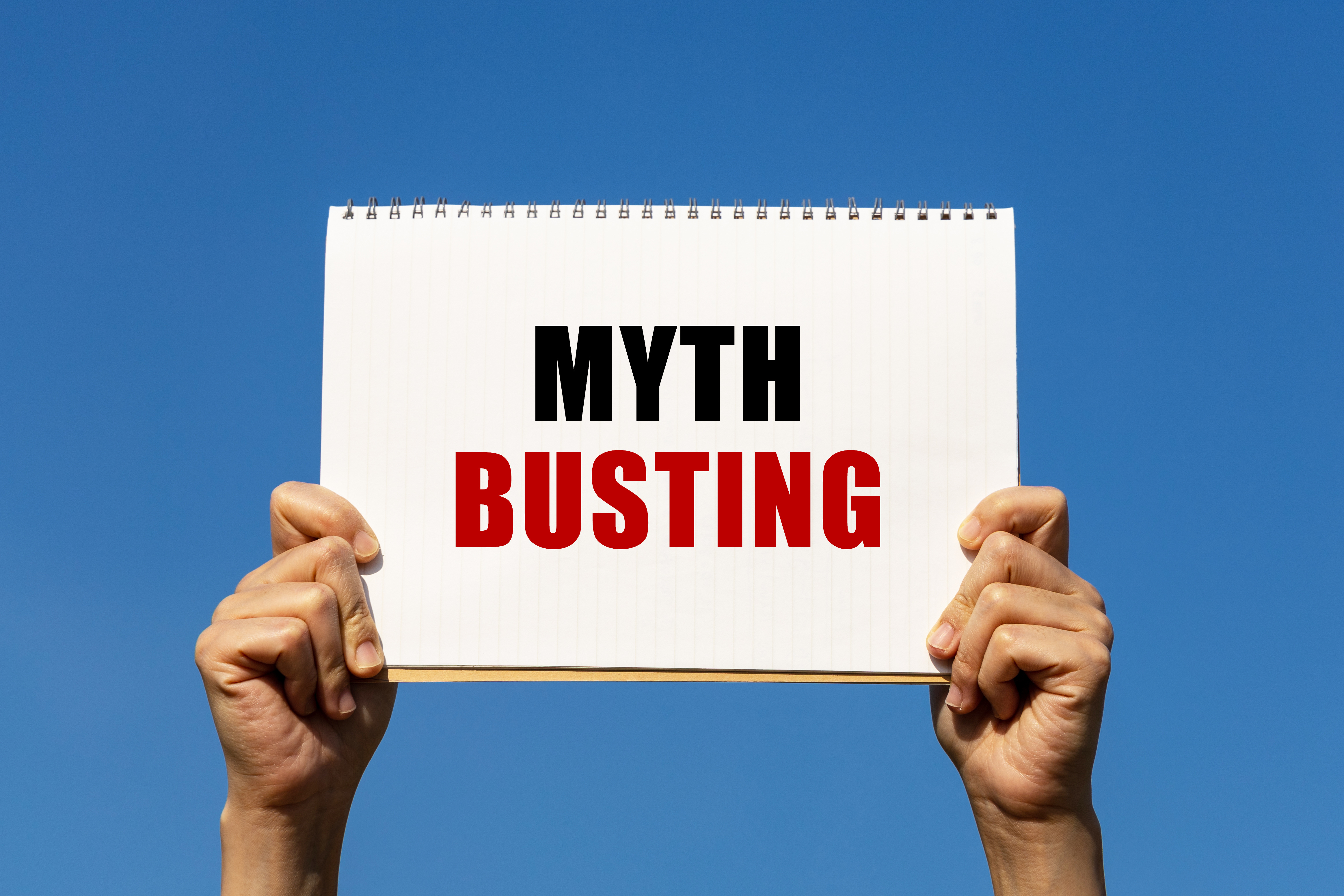High-level disinfection is critical in preventing the spread of infectious organisms in high-risk healthcare facilities.UV technology devices have potential high-level disinfection capacities, which makes them useful for disinfecting medical devices.
This article discusses how UV technology devices work and their role in high-level disinfection.
Basics of Disinfection and the Need for HLD
Disinfection is the process that eliminates all forms of infectious agents except spores from objects and surfaces. Disinfection helps to significantly reduce the micro-organism load on a surface or object that is necessary to initiate an infective process. Disinfection occurs in various levels, which include:
- High-level disinfection: It is a type of disinfection health care facilities use for semi-critical materials or items that come into contact with mucous membranes or nonintact skin surfaces. It can kill the vegetative forms of most pathogens.
- Intermediate-level disinfection: This is suitable for disinfecting semicritical items and contaminated non-critical items such as bedpans. It can destroy most organisms, including mycobacteria but not spores.
- Low-level disinfection: It is ideal for disinfecting non-critical items such as stethoscopes or thermometers that come into contact with intact skin. It eliminates most microorganisms but not effective mycobacteria or spores.
Find out more about the different types of disinfection through our article on the Spaulding classification.
High-level disinfection (HLD) is essential in the healthcare environment because it can kill a wide spectrum of microorganisms. HLD is extremely useful for disinfecting medical equipment or devices that contact with mucous membranes or an exposed skin surface.
HLD reduces the risk of hospital-acquired infection through the proper pre-cleaning and disinfection of these devices.
Understanding UV-C Light and Its Mechanism
Ultraviolet (UV) light is a special type of radiation that is a part of the electromagnetic radiation spectrum. It has a wavelength between 400 and 10 nanometers. UV light is divided into three regions:
- UV-A
- UV-B
- UV-C
Each of the three regions has a different degree of penetration and effect of matter. UV-C has potent germicidal properties, which makes it useful for disinfection.
How does UV light kill microorganisms?
UV light produces electromagnetic energy that destroys infectious organisms by inducing cell death and inhibiting their ability to replicate. UV light triggers a photo-chemical reaction in the DNA/RNA of microbes which results in the formation
of abnormal bonds called pyrimidine dimers. These bonds distort the normal structure and function of DNA/RNA.
The disruption of the cellular DNA/RNA culminates in the sequence of cellular events that cause the death of microbes.
Role of UV based technology in High-Level Disinfection
UV technology devices possess germicidal properties at a light wavelength between 200-320nm. At this wavelength, UV technology equipment can kill different types of microbes. Therefore, healthcare workers can use UV technology devices for disinfection.
Also, researchers have shown that UV technology has significant high-level disinfection capacities. Research findings from a 2022 study revealed that UV technology has high-level disinfection and sporicidal capacities compared to other FDA-approved high-level disinfectants.
UV Smart products that are used for HLD
A typical example of a UV technology product suitable for high-level disinfection in the healthcare environment is our product — UV Smart D60. UV Smart D60 is a clinically validated UV technology device that can achieve efficient disinfection in 60 seconds. It is effective against bacteria, viruses, protozoa, and fungi. It is safe, effective, and more economical than most high-level disinfectants.
Advantages of UV technology for HLD
Using UV technology devices like our UV Smart D60 has multiple advantages.
The following are some of the advantages of UV technology for HLD:
- Time efficient
- Consumes less energy
- Non-chemical
- Harmless to medical equipment
- No consumables
Conclusion
UV-C light has innate antimicrobial properties at specific wavelengths, which studies have shown to kill both infectious organisms and some spores. Hence, healthcare workers can achieve high-level disinfection using UV technology products without using chemicals or consumables. UV Smart D60 is an example of a clinically validated UV technology device with efficient disinfection capabilities.
Click the link below to learn more about this product: Learn more about UV Smart D60.







.jpg)
